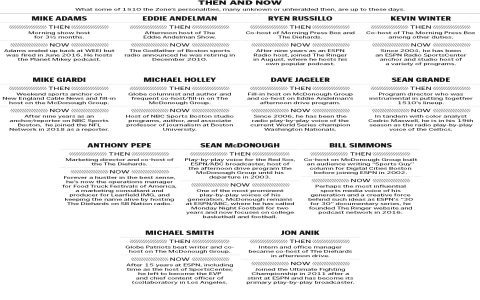Determining ownership for properties or assets within designated Red Zones—areas often restricted due to environmental hazards, government control, or legal complexities—requires specific investigative approaches due to obscured records.
Effective Methods to Uncover Red Zone Ownership
- Targeted Database Searches: Begin with specialized commercial real estate and environmental databases. These platforms aggregate data from multiple sources, including historical ownership records tied to specific hazardous sites or restricted parcels. Focus your query geographically and by known identifiers.
- Official Land Registries & Parcel Maps: Access County Recorder's or Land Registry offices (often online portals) using the precise Parcel Identification Number (PIN) or legal description. Red Zones frequently retain ownership records linked to the underlying land parcel, even if subsequent restrictions apply.
- Regulatory Agency Filings: Search filings with relevant environmental agencies (like EPA equivalents) and land management bodies. Entities managing or held responsible for contaminated or restricted sites often appear in permits, enforcement actions, or liability agreements, pointing to current or past owners.
- Tax Assessor Records: Examine property tax records. While ownership might be listed under a holding company or government entity, these records provide essential clues to the financial entity responsible for the land.
- Title Report Deep Dive: Commission a comprehensive title search covering the property. Focus on the chain of title for any vesting, especially transfers occurring near key environmental legislation dates (e.g., CERCLA in the US) or the declaration of the Red Zone.
- Professional Services: Engage specialized title companies or environmental due diligence consultants with expertise in navigating complex parcels. They have access to deeper records and understand jurisdictional intricacies.
Crucial Considerations
- Complex Ownership Structures: Ownership is frequently obscured via LLCs, trusts, shell companies, or governmental entities (federal, state, local). Investigate the officers, members, or trustees associated with these entities.
- Contaminated Site Liability: Ownership may be linked to entities deemed legally responsible for remediation, even if not the current surface owner (e.g., prior operators, waste generators).
- Government Control: Many Red Zones are ultimately owned or controlled by government agencies (e.g., Dept. of Defense, Environmental Agencies). Verify jurisdiction.
Successfully identifying the real owners within Red Zones demands persistence and utilization of specialized records. Focus on combining parcel-level data from official registries with targeted searches in environmental and financial databases, and be prepared for complex legal structures. Professional expertise is often indispensable.








